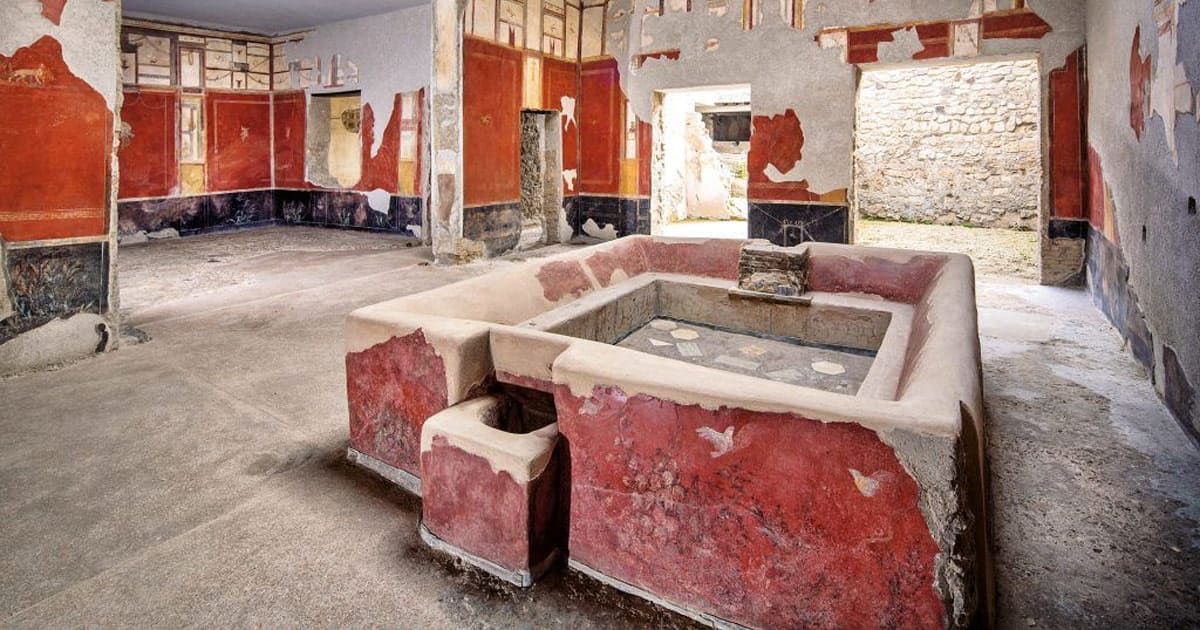
Fullery of Stephanus: a unique glimpse of Pompeii’s past
When traveling through the enigmatic streets of Pompeii, a unique establishment transports its visitors back in time: the Fullery of Stephanus. Not just a typical ancient building, this site once bustled with the sounds of a full-blown laundry operation, offering a distinctive perspective on the day-to-day lives of Pompeii’s inhabitants.

The history of the Fullery of Stephanus began when it was uncovered between 1912 and 1914, precisely during excavations via dell’Abbondanza. Today, it is one of the most significant and meticulously preserved laundries ever discovered in Pompeii. Visitors can’t help but be enthralled by its large masonry tanks designed for rinsing, continuously fed by flowing water. Stone basins, where cleaning took place using special clays or even urine, give insights into the ancient washing techniques. And if you ascend, the upper terraces tell tales of drying and brushing clothes post-wash.
Unlock the secrets of ancient Pompeii! Dive deep into history with the best tour in town. Don’t miss out – book now! Book the Best Pompeii Tour
But what truly sets this fullery apart and speaks of its high-quality service is the presence of a pressing machine known as a ‘torcular.’ Here, fabrics were stretched, ironed, and given that finishing gleam.




But the story doesn’t end there. Within Pompeii, there’s another fullonica, that of L. Veranius Hypsaeus. And it’s here that visitors can witness frescoes, now preserved at the Museo Archeologico Nazionale di Napoli, illustrating the various activities undertaken by fullones (the ancient laundry workers). These depictions range from workers pressing clothes with their feet in basins, brushing laid-out fabrics, transporting a cage topped with an owl (a sacred animal to Minerva, the patron goddess of labor) for sulfur-based bleaching treatments, showcasing garments to owners, and diligently preparing fabrics for the final pressing in the torcular. Furthermore, remnants of the torcular from the Fullery of Stephanus remain preserved—iron guides of the screw beams and the housings for affixing the apparatus, specifically located on the wall to the left of the entrance.
So, if you’re on a journey to uncover Pompeii’s hidden tales, make sure the Fullery of Stephanus is on your itinerary. It’s not just a laundry—it’s a portal to the past, showcasing the intricacies of ancient life and trade.
